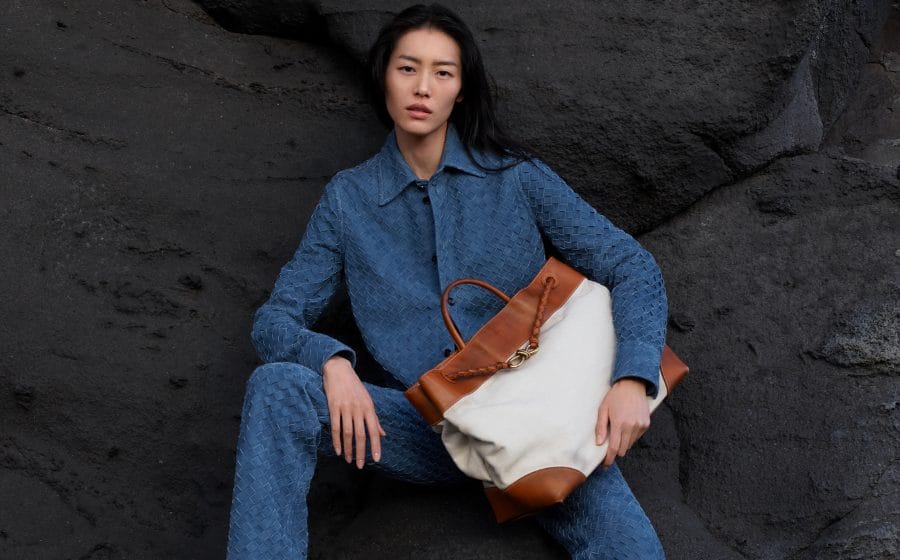
If you stumble into the Beyond Earth exhibition at the Artscience Museum (fyi, it runs till 27 February 2022), you would notice two Virtual Reality artworks. But we’re not just talking about the kind of artwork that you’d just ooh, ahh and ‘gram because folks, this is a VR artwork of the future.
More specifically, they are artworks by Faber Courtial — one of the world’s most successful VR film studios and among Germany’s leading VFX companies — that very, very, very accurately puts you into the shoes (or boots, actually) of astronauts during the famed Apollo missions and depicts the future of space travel to Mars.
Here, Joerg Courtial (pictured above with his partner, Maria Courtial), the Creative Director and Co-Founder of Faber Courtial takes us through its makings.
Hello Joerg, what inspired you to do this project for the Beyond Earth Exhbition?
1st Step was created in 2019, the 50th anniversary of the moon landing and our aim was to treasure this great achievement of mankind in people’s memory. In fact it was the true first step of space travel.
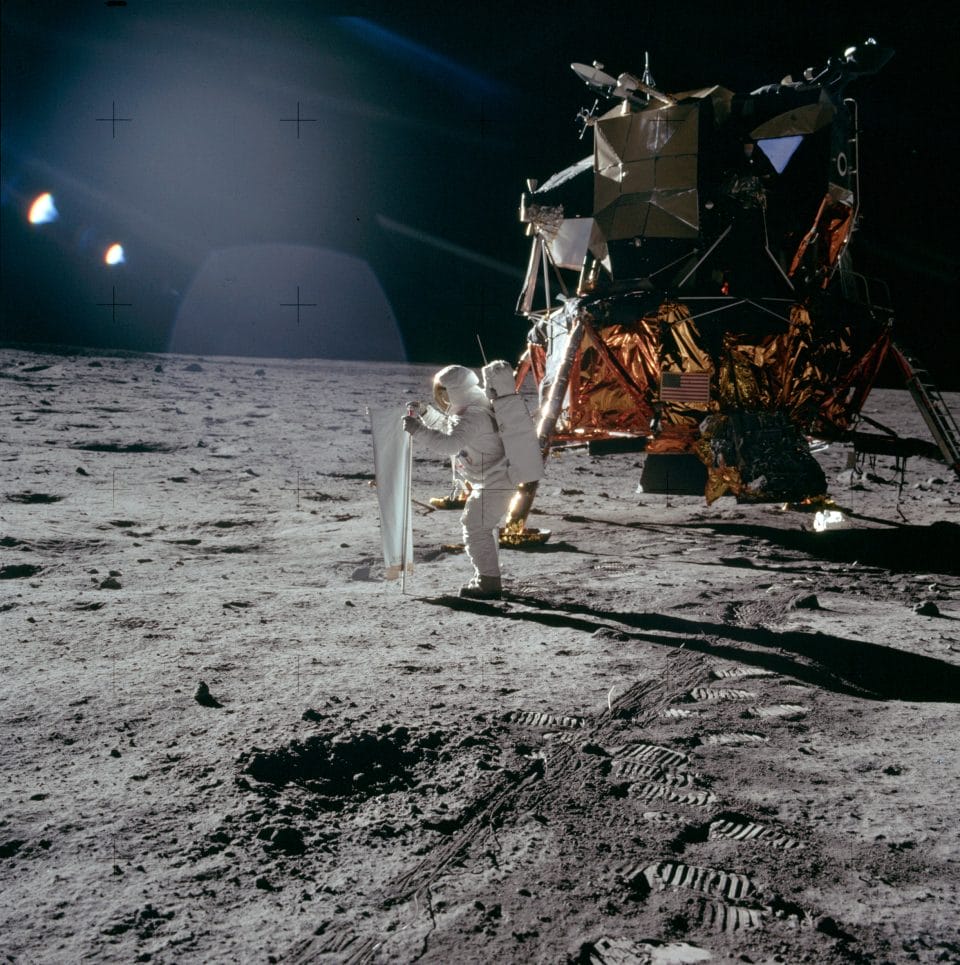 See, I am at the age that I witnessed the Apollo missions live on TV and the irony of it all is that you’re over 50 by now and you’re still the only witness who experienced space travel. All generations that came after until today have not experienced space travel, as in my opinion what we currently do with and around the ISS is not space travel as such. It is a journey within the orbit of mankind.
See, I am at the age that I witnessed the Apollo missions live on TV and the irony of it all is that you’re over 50 by now and you’re still the only witness who experienced space travel. All generations that came after until today have not experienced space travel, as in my opinion what we currently do with and around the ISS is not space travel as such. It is a journey within the orbit of mankind.
The second step would be to leave our planet and its orbit, revisit the moon and from there depart to our next neighbor Mars and beyond. That would be the real second step of space travel. A large step for mankind and the inspiration for 2nd Step, which takes the audience on possible future missions through space. Not as a documentary, but as an impressionistic journey about the longing for what awaits us beyond the horizon.
Do you have an image or video that inspired 1st Step and 2nd Step?
I remember watching TV as a kid and seeing blurry black and white images of “men jumping in front of hills”. It must have been the Apollo 17 mission and I was about 5 years old. I vividly remember being very irritated at the time and wondering: why are these men moving so strangely? Why all the jumping and why on earth is the landscape so tiny?
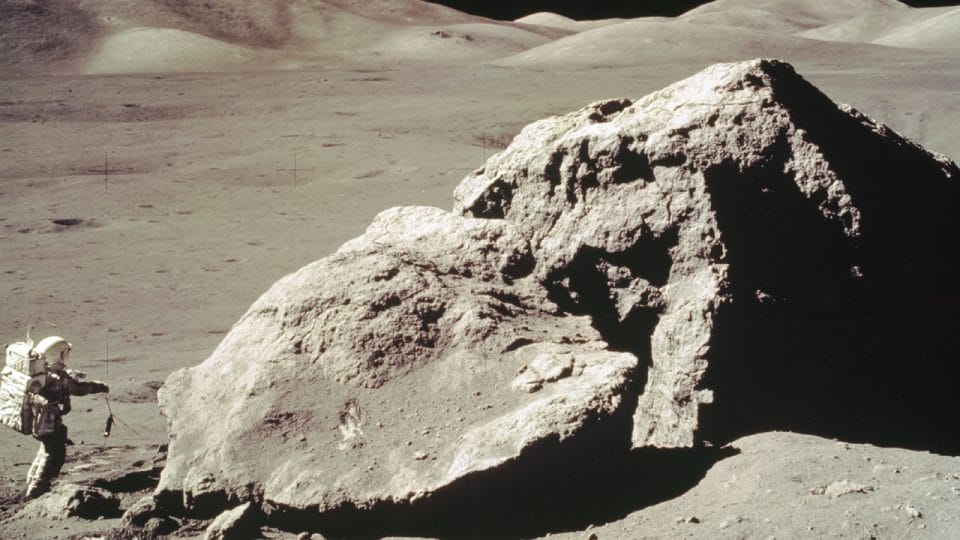
It wasn’t until we recreated the landscapes in 3D – and we’re talking about a recreation for real, not fantasy landscapes. We built the 3D environment by stitching together the original NASA archive photos, and since NASA also provided the exact photo positions, we were able to project the stitched panoramas from the correct camera position onto the digital accurate altitude data (collected lunar camera data).
In this way, our spaces depict the Apollo missions as realistically and vividly as never before. So, it wasn’t until I looked at the lunar landscapes in VR that for the first time I felt a sense of dimensions and understood that the little hills were actually huge, massive mountains. That was breathtaking.
That doesn’t come across in any 2D image. On the moon, there is no atmosphere and therefore no sense of depth. Consequently, the landscape appears small in 2D, like little piles of rubble. The truth with real plastic dimensions only shows up in 3D.
What was the hardest part about doing 1st Step and 2nd Step?
A challenging part was certainly the integration of the actors into the film. Our indisputable aim for both films was to achieve maximum realism. Everything we did had to deliver on making the impression absolutely authentic.
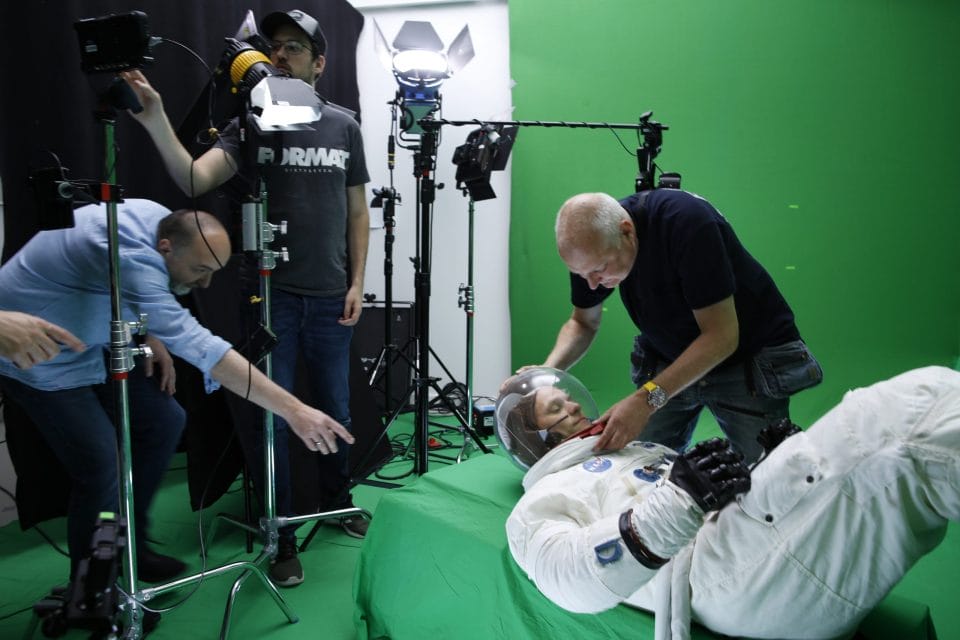 The astronauts needed to be authentically integrated into the moon environment, not only in terms of accurate position, but also in terms of accurate lighting. There are extremely hard and distinct shadows on the moon. There is no atmosphere on the moon and hence no middle tones or scattered light like on earth. There is only bright spotlight and nothing. It was rather tricky to get this right.
The astronauts needed to be authentically integrated into the moon environment, not only in terms of accurate position, but also in terms of accurate lighting. There are extremely hard and distinct shadows on the moon. There is no atmosphere on the moon and hence no middle tones or scattered light like on earth. There is only bright spotlight and nothing. It was rather tricky to get this right.
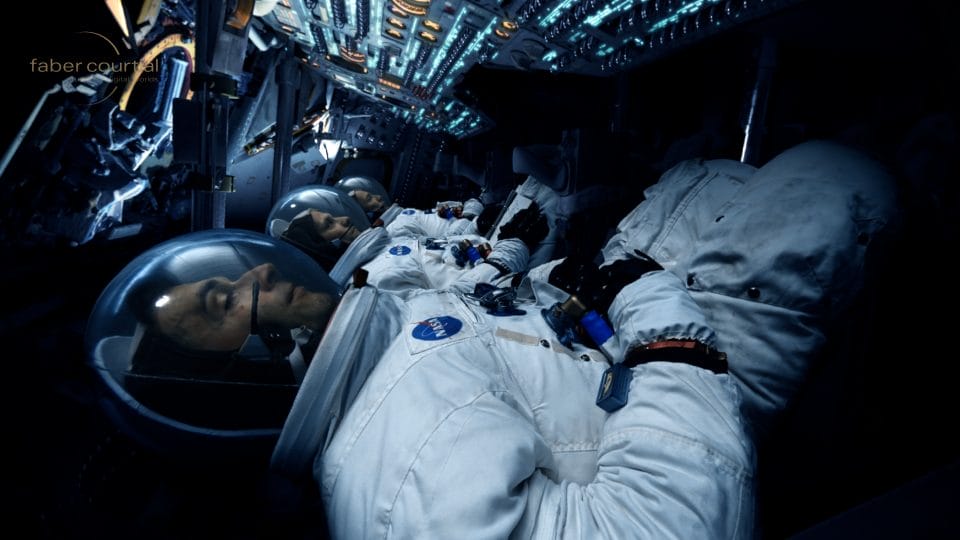
A further challenge was to handle the dimensions in space. On Mars, a planet half the size of earth, there is Valles Marineris, a canyon as big as the US, and Olympus Mons, the largest volcano of our solar system, as big as France with an altitude of 22km. Both formations are so incredibly gigantic that you cannot perceive them.
They are not visible to the human eye. Of course, you can zoom out into space and look at them from above, but if you are standing there, right in front of the biggest landscape formation of the solar system, you are nothing more than a tiny fly looking at the world. You don’t see them because they are so big, mind-blowing superlatives.
What is your favorite part of the VR artwork?
What I love about VR is that you have this hyper-realistic impression of the dimensions that allows you to fully immerse into a different environment. VR is the only medium that achieves to convey an authentic, emotion-rich sensation of how it must feel to be an astronaut visiting the open cosmos.
Thomas Reiter (Retired European Astronaut and one of the top 25 astronauts in terms of total time in space) visited our office and we showed him the films, not expecting much reaction. Yet while watching the film he got all excited, stating “oh”, “ohhhh”, “ohhhh yes”, “that’s like a deja-vu of my own experiences in space!” To gain this feedback from one of the few people who has seen space for real, was awesome. That’s what VR – the way we do it – is capable of: a true experience of a past or future time and place.
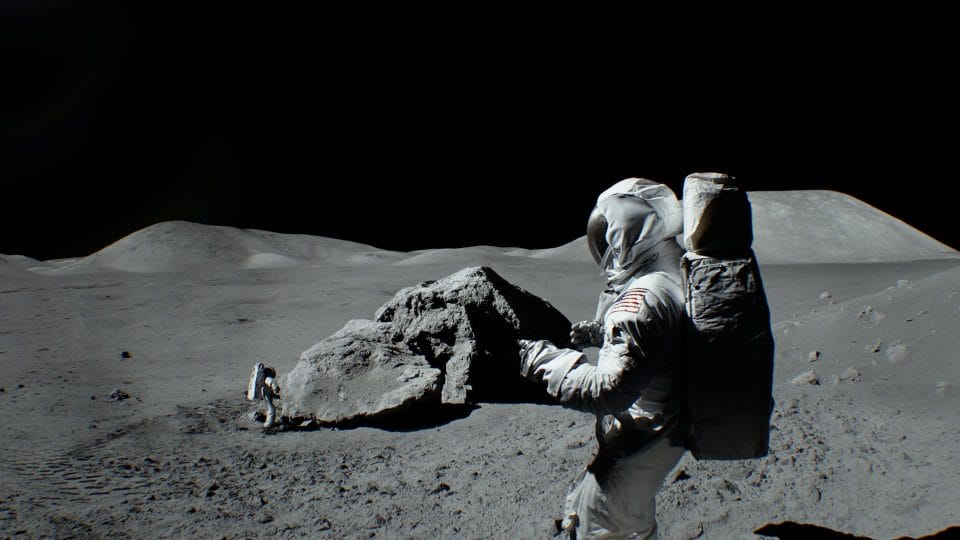
My favorite moment in 1st step is of course related to my childhood memory. The thoughts and images I saw as a child remained in my head (unlike almost all other memories of my childhood). To now put on the VR headset and look at these very same scenes right in front of you in 3D and real dimensions is truly uplifting. You are no longer a little child observing in front of a television, you are now in there with them shoulder to shoulder, in the very same landscape, seeing exactly what they saw. That is wow!
In 2nd Step I love looking at the sublime static of space. The sense of passive beauty that connects both the moon and Mars. Both don’t have anything screaming for action, nothing really to show off with. Unlike earth, a planet that is living, breathing, and permanently evolving. The moon is so static that the footprints of the astronauts will probably only be gone in millions of years and Mars is not much more dynamic either, but that turns them into sculpture-like pieces of art that can be beautifully admired in 2nd Step.
Are you personally a fan of space travels and all the hijinks that happen?
I am an ardent technology, science, and future enthusiast and certainly a fan and advocate of space travel. I believe it to be essential for humanity.
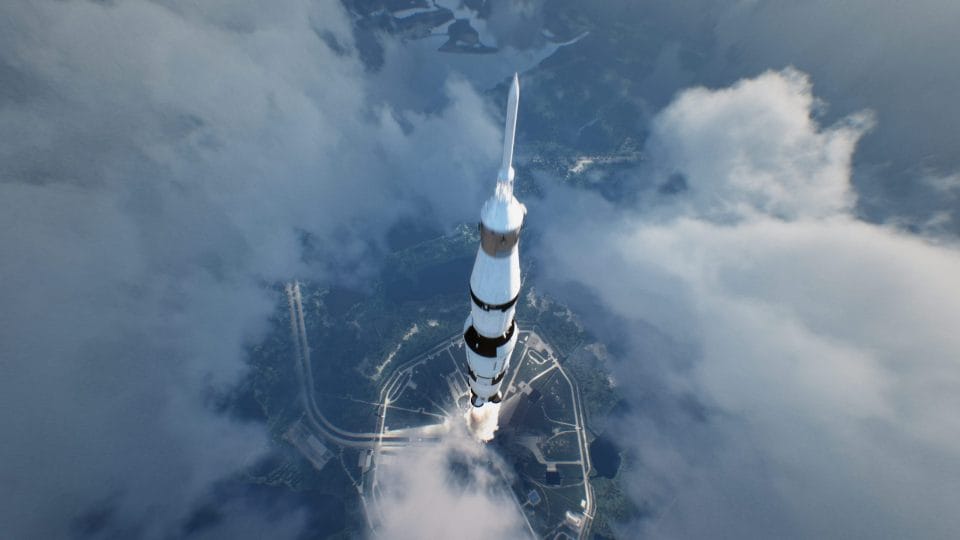 Somewhat I envy earlier generations, like for example Roald Amundsen and his discovery of the South Pole. Back then, there were places on earth that were theoretically accessible to man, but still completely unknown. One had no idea what was out there and what to expect. In fact, even serious scientists in the renaissance had no doubt that there would be bizarre creatures, cyclops and dragons hiding in the distant corners of our planet.
Somewhat I envy earlier generations, like for example Roald Amundsen and his discovery of the South Pole. Back then, there were places on earth that were theoretically accessible to man, but still completely unknown. One had no idea what was out there and what to expect. In fact, even serious scientists in the renaissance had no doubt that there would be bizarre creatures, cyclops and dragons hiding in the distant corners of our planet.
They went out, curious adventurers with the urge to discover. Yet with each discovery earth became demystified and humanity sated and idle. We nearly lost our sense of curiosity.
But space exploration (apart from deep sea research) is a universe of secrets! We are looking for life on Mars, and learning a lot about us on the way, but we are also secretly hoping that there is something else to be discovered, a mystery to be unveiled, to then move on to the next riddle, like Titan and Europa where life is also suspected, and then the next – and that’s exactly what makes us human. The curiosity to discover, to find out, to imagine, to build real or fantasy worlds, to be able to be – is the unique chance we have as humans.
Hence to me, space travel is meaningful, and I have respect for the people working on it, regardless of their names and companies. They are people with a vision, with ideas, who successfully tried to realize their dreams and found solutions to do so – even if it is just a little leap for now. It might appear meaningless and of course one must consider the negative impacts, but each leap shouts, “I am a dream come true, I made it”.
This leap is like the first grasp of a small baby reaching out of his cradle for the first time.
What was it like collaborating with Maria on 2nd Step and what did you feel you brought to the table and what did she bring?
Maria and I have been partners in life and in crime for many years. So naturally every idea, every image and every sequence of a Faber Courtial film also bears Maria’s signature.
If I had to highlight certain areas, they would be the narrative and the music, where she excels. But most importantly, Maria has the amazing ability to maintain a strong focus and plot line, whereas I’m more of a cloudy, easily distracted kind of character. In fact, I don’t know if any Faber Courtial film would ever have gotten done without her. It is definitely teamwork.
Were there any details in both films that might a visitor to the Beyond Earth exhibition be very noticeable yet interesting to take note of?
In VR films it is always worth looking around. Forward, downward, and also backward as great elements might be hidden in the back.
In 1st Step, there is a scene where you see an iconic, well-known Apollo 17 image: the astronaut standing in front of Tracy’s Rock. What most people don’t know is that the photographer was actually standing on a slope. If you turn around at this point in the film, you will realize that you are standing at the foot of a might mountain. Apart from the astronauts, most people are not aware of it, but in VR, with its 3D images you can see it.
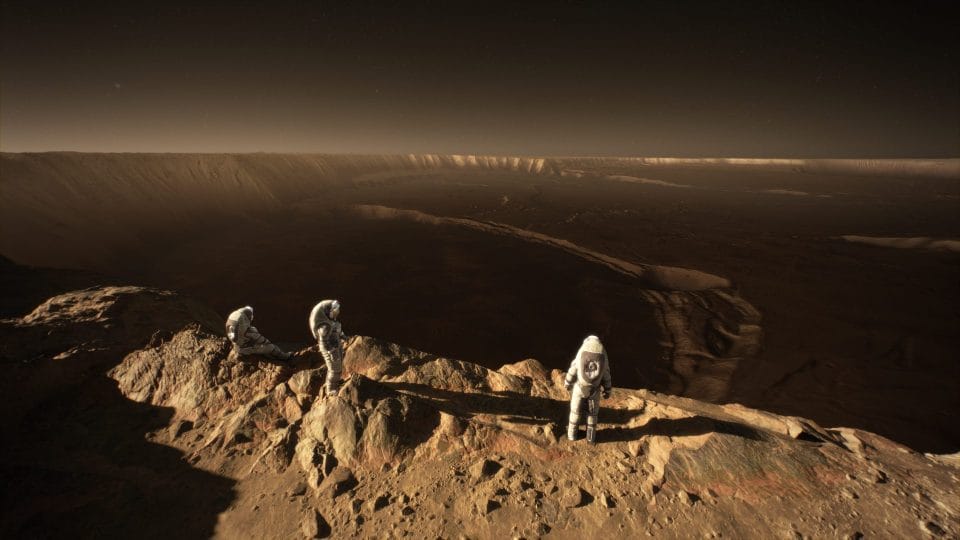
Then there is the unbelievable narrowness of the command capsule, which is thrilling, and you should certainly look down, when the rocket breaks through the clouds.
As for 2nd Step, there is a scene, where we are at the South Pole of the Moon standing at the edge of Shackleton crater. Because of the light situation on the moon, the crater disappears almost completely in the darkness. You only see a few crater walls, nothing else, you fly into the crater, and you see nothing. That’s actually not a weakness of the film, but the reality on the moon. You have to make yourself aware that you are standing in front of a gigantic, deep crater, which you cannot see, even if you would stand right in front of it.
And finally, I recommend looking down to see the ground of Mars. Soil is a vital element to enhance the intense feeling of immersion. We meticulously created the close ground from a mixture of researched sources and although technically it is an artificial interpretation, the landscape and dimensions are completely accurate based on satellite data.
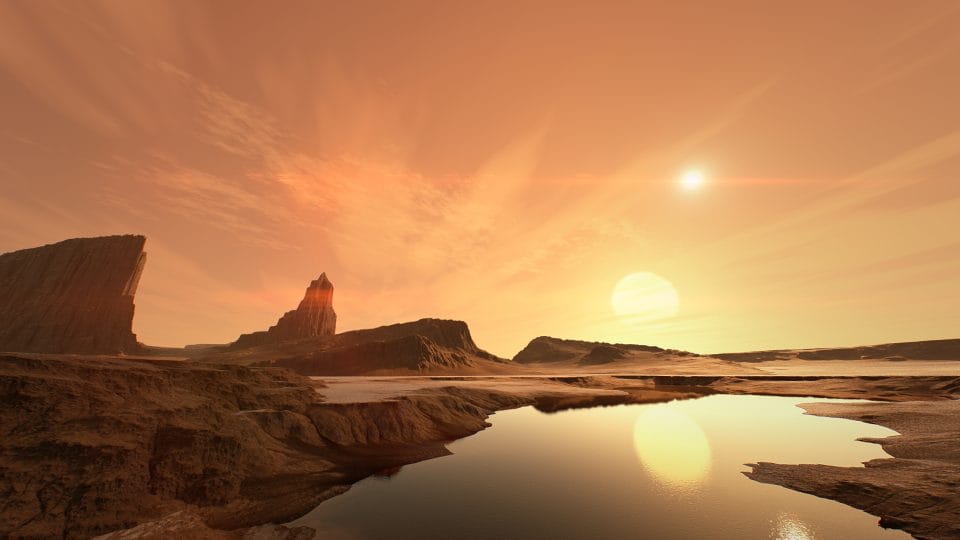
Out of curiosity, in your opinion, how important is VR for 1st Step and 2nd Step?
If our films achieve to inspire people, spark curiosity and boost the development of ideas then they are the most important thing we’ve ever done.
What do you hope museum goers for the Beyond Earth exhibition will feel or realise when they come to watch the films?
A fascination for space and space travel and the intense sense of wonder you feel when experiencing foreign words, alien light, new perspectives, the surprising topography of the extraterrestrial landscapes and unknown dimensions.
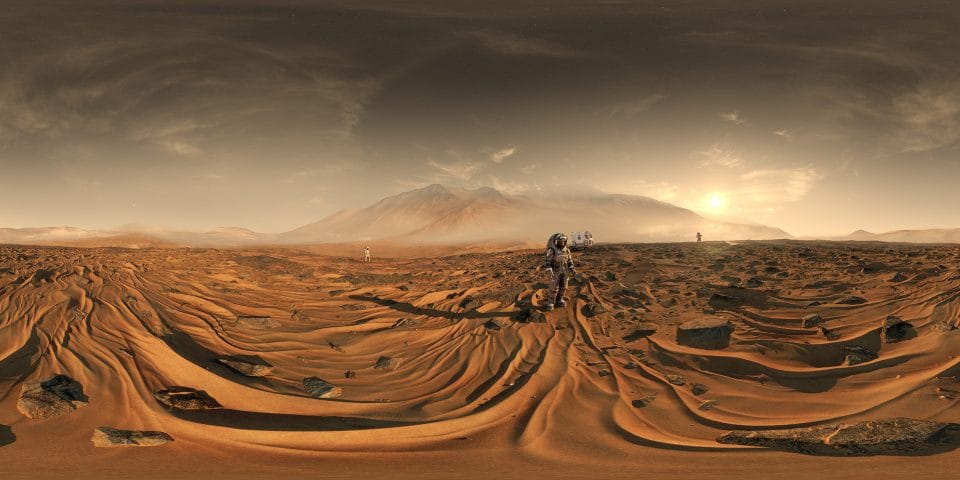
Awe for an extraordinary moment in history. The fulfillment of an age-old dream of mankind, that was only possible through vision, the firm belief of an army of enthusiasts and a few brave, daring lads.
And most definitely a curiosity to dream, believe, try, go out there and explore.
Do you think VR will perhaps, include sound, touch and smells in the future?
Most certainly. It’s a logical consequence for the ultimate immersion and it’s already happening.
Ever since we first got involved with VR in 1997, we’ve been looking at options and solutions for haptic feedback. It is still work in progress across the industry, but there are exciting developments coming up. We have stereo and ambisonic sound for VR and there are VR headsets capable of omitting scents.

On that note, I once read an article in which Alexander Gerst, the German astronaut, mentioned that space has a very particular scent, which lingers near the airlock after external missions. He described it as very particular and somewhat nutty.
Imaging seeing space in VR, dark, infinite, with no signs of life, but with a distinct scent – would that be a fascinating, intensified experience?
Lastly, out of curiosity again, what is your #1 song on Spotify this year?
It’s not so much a song, but a genre that is my personal #1. I am a huge fan of classical music: Gustav Mahler, Richard Strauss, French impressionists – basically the composers who kicked off the 20th century.
To me, music is a great source of inspiration, and classical music has the particular ability to set my creative nerves on fire. I like that.
All image credits, Fabier Courtial
To book tickets for the Beyond Earth exhibition, click here or click here to catch up with our December/January 2022 issue!


